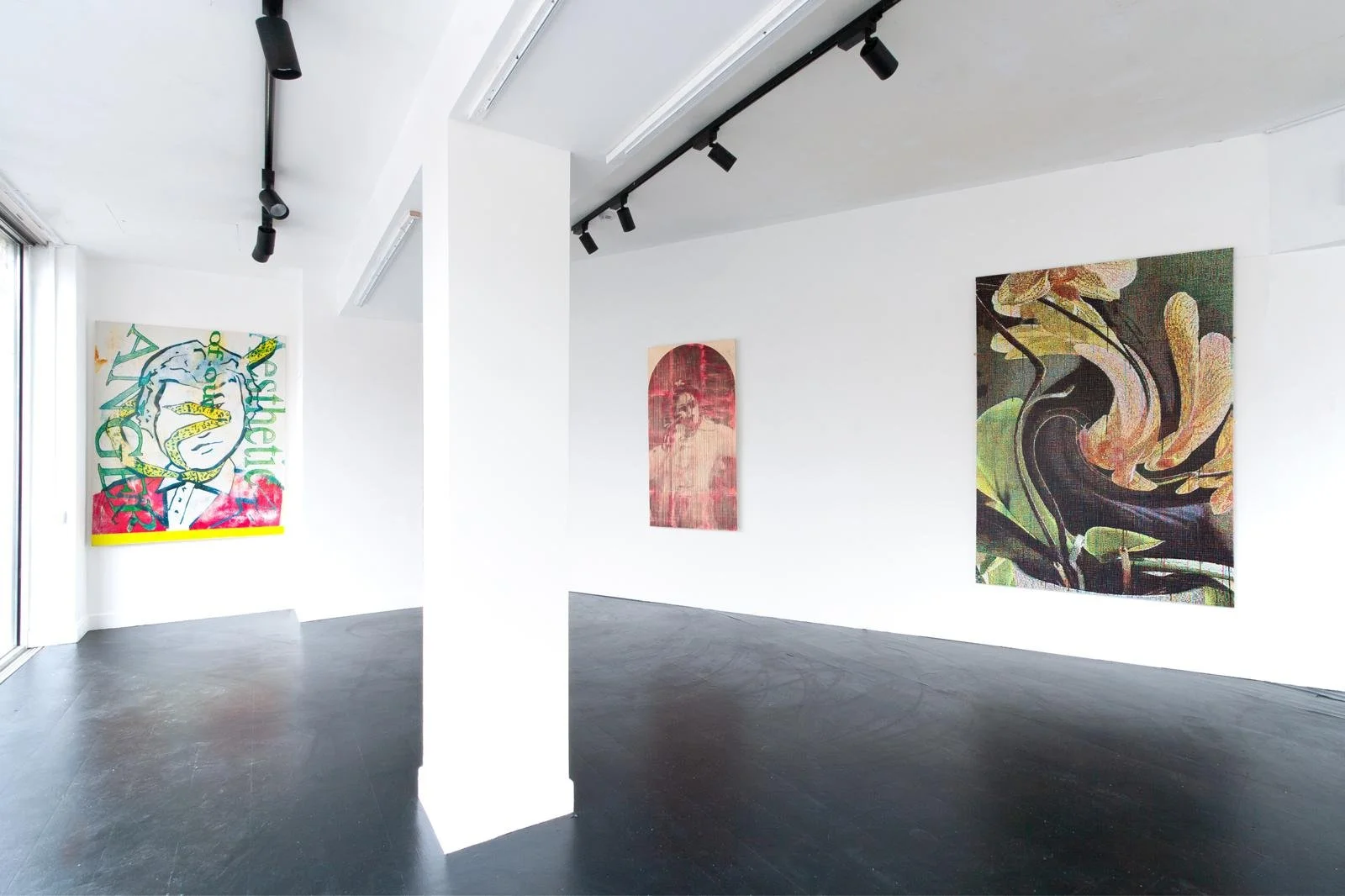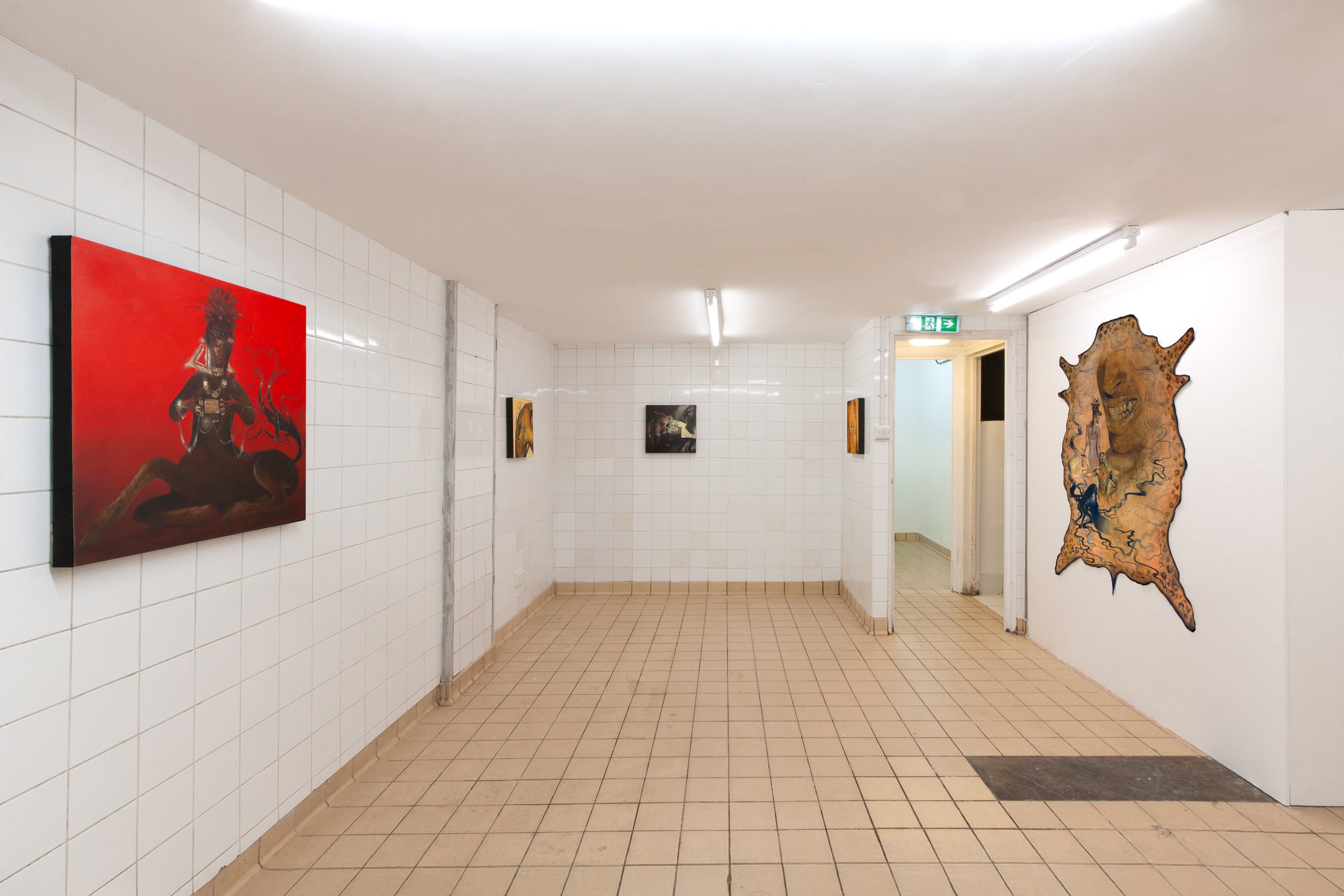dialogue
Aubrey Higgin, Chilli Art Projects | Gallerist
November 2025
7 min read
Aubrey Higgin is the visionary behind Chilli Art Projects, an artist-run space reshaping London’s gallery scene. Seeing a lack of diverse, accessible art in overlooked spaces, Higgin and his team transform unconventional venues, from a chicken shop to a Japanese restaurant, into dynamic environments. Their mix of raw walls and eclectic settings sparks fresh dialogues between local and international artists, prioritizing experimentation and community over the traditional white cube.
At Chilli Art Projects, curated exhibitions nurture collaboration and growth. Aubrey shares how duo shows often spark unexpected artistic evolutions, allowing ideas to develop through shared conversations. Above all, he values building relationships that make artists feel seen and supported.
Driven to push boundaries, the gallery brings complex dialogues to unexpected places and is expanding globally with a growing presence at Miami Art Week, continuing to redefine what a contemporary gallery can be: bold, collaborative, and inventive.





